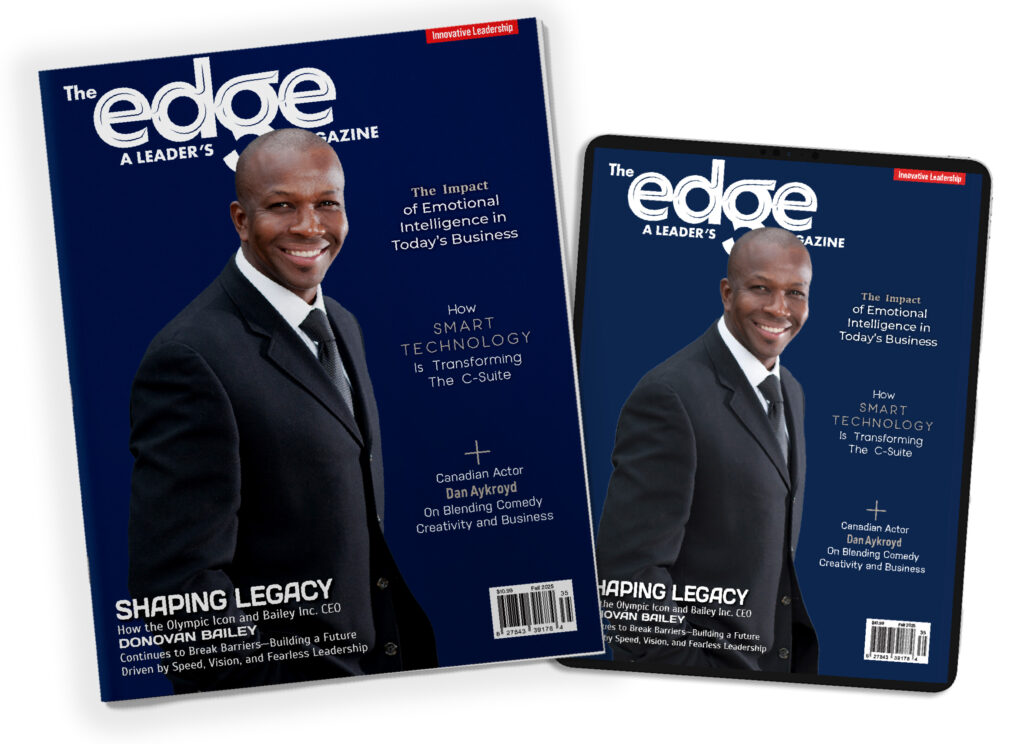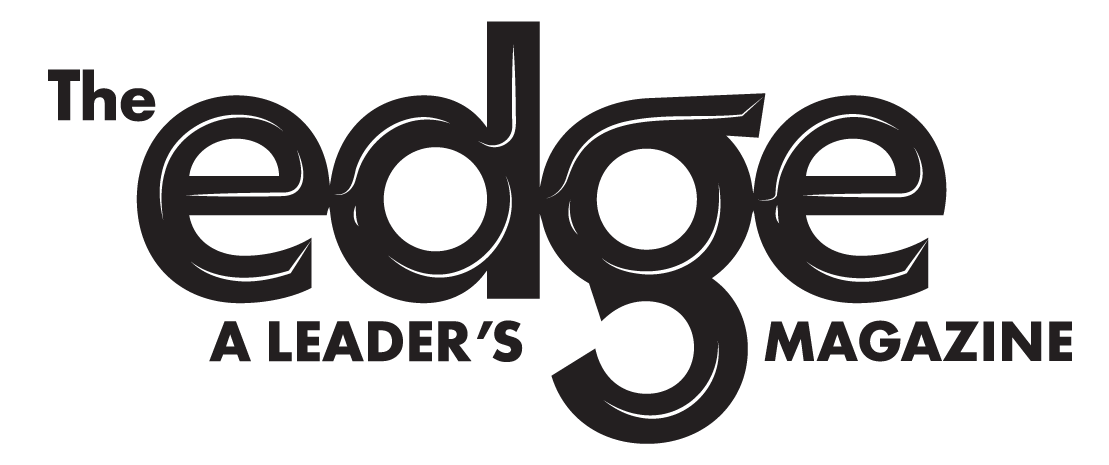The new wave of entrepreneurs are younger, more dynamic and more aggressive. These so-called millennials are wild thinkers coupled with an” I can” attitude and “ Just do it” mindset when they formulate targets. It is always over and beyond the ordinary. This generation breaks the conventional way of establishing strategies and constructing SMART-C (Specific, Measurable, Attainable, Results-Oriented, Time, and challenging) goals. They are enthusiastic about continually challenging systems and processes, creating a market and making things happen, so that they can become leaders I their respective industries.
Let me walk you through some of the economic changes brought about by evolving trends in telecommunications. When pagers and keepers were introduced in the 80s, they were a big hit. With these devices, we were able to transmit our personal or work-related messages more easily. They were small gadgets, very portable and easy to carry anywhere. Motorola, the company that brought the idea to he market, became one of the most prominent and sought-after organizations during that era. However, with the emergence of cellular phones, they have become almost obsolete. You seldom see anyone using them unless you go to hospitals or medical institutions. Doctors and some healthcare practitioners still find it very helpful in their line of work.
The modern telecoms industry is not spared from constantly expanding its scope in terms of product development and introduction. They must keep changing their handsets’ physical features, colours, sizes and other dimensions. They must also add more interesting programs and functions to compete and stand out. Incredible transformations happen in the blink of an eye these days. The goal is always to seek something that will excite consumers. Advertising on all possible media and social networking sites, supports this objective by taking into consideration the fact that patrons are now more educated, sophisticated, complex, and demanding.
It is not surprising that even children as early as 3 or 4 years old cannot live without their phones. For them, this is a device that they can play games on and have fun all day long. They do not even need a playmate as they can engage with one virtually by linking with a friend online. When they are tired or bored, it’s easier for them to check out other applications such as movies, videos, music, etc. If their parents are away and they want something, they can go on Skype or Tango, and in an instant, chat with their moms or dads.
The nature of work is also changing, as employees are now expected to consistently update their skillsets to keep up with the rapid changes in both software and hardware. Workers also have to learn to take on a greater number of roles as technology continues to weave its way into the daily operation of most businesses. Marketing representatives may also become social media managers, while graphic artists may also be responsible for coding and creating online content. In an increasingly competitive marketplace, diversification has quickly become a requirement for securing employment and ensuring job stability. In a sense, the expectations placed on workers in smaller start-up environments have become increasingly prominent in the larger business world. We are all learning to wear multiple hats now.
Where we work has also seen huge shifts, particularly in IT. The traditional brick and mortar office is starting to see a decline as telecommuting becomes more a commonplace. It is no longer the sole domain of freelancers and contract workers, as even salaried employees are spending a part of or even the entirety of the week working from home. This increased mobility was brought about by the invention of several key technologies, including cloud storage, real-time chat and smartphones. In combination, these things allow individuals to contribute in a meaningful way without necessarily having to be at their desk from 9 to 5. Shared offices are also becoming more popular as renting building space is expensive. For start-ups and smaller businesses with a small workforce and limited funds, it makes far more sense to rent a desk or a room at a larger building. This gives employees a place to meet and coordinate without having to commit to outfitting an entire office. The popularity of laptops and netbooks also allows each employee’s work station to stay mobile, and as such, as entire company can be uprooted and moved from place to place with only a few negative consequences.
With this kind of technology, nothing is impossible, and everything happens in real-time. Expect greater and bigger changes in the mobile industry in the years to come. Also, do not forget to deliberate on the destructive and unhealthy Behaviours it can create. For example, teenagers and even adults go into a frenzy to purchase the latest models. Some even rush to the mall as early as 5:00 AM and spend hours in cue just to brag that they had it first. It definitely encourages overspending. Some even change phones every six months or so, just to “fit in” and belong. Poor eating habits is also another undesirable result. I remember an instance where my niece became so engrossed in” Flappy Birds”, she skipped meals to continue playing. Other issues like limited attention span, hazardous driving and social neglect are also implications we cannot avoid.
Listing the negative effects will go on and on. However, what alarms society the most is when people become a slaves to the crutches of technology. Being fixated on checking text or voice messages, playing games, checking and more. Gone are the simple days where individuals stayed engaged in real-world activities.
“The traditional brick and mortar office is starting to see a decline as telecommuting becomes more a commonplace. It is no longer the sole domain of freelancers and contract workers, as even salaried employees are spending part of even the entirety of, the week working from home.
M. Beltran | Contributing Writer




















